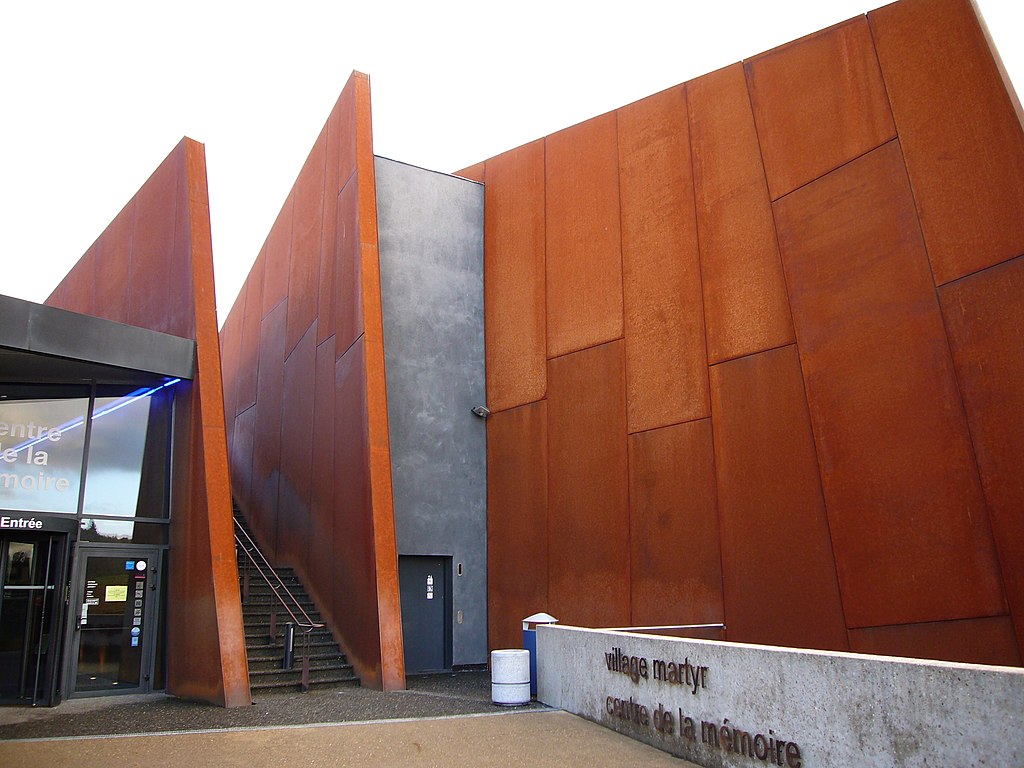Oradour-sur-Glane, 1944: The Village the Nazis Erased From the Map

Oradour-sur-Glane is one of the most haunting places in France: a village in Haute-Vienne, near Limoges, that has been left exactly as it was on June 10, 1944.
That day, a German SS unit – the 2nd SS Panzer Division “Das Reich” – surrounded the town under the pretext of looking for resistance fighters. They gathered all the inhabitants: about 650 people, including women and children.
Men were taken to barns and shot. The buildings were then set on fire. The women and children were locked inside the church, where the soldiers set off explosives and machine-gunned anyone who tried to escape. Only six people survived. In total, 642 people were killed that afternoon.
After the war, Charles de Gaulle ordered the ruins to be preserved as they were found – bullet holes, burned-out cars, sewing machines still on tables – as a memorial village. A new Oradour-sur-Glane was later built nearby, but the old village remains untouched.
Today, visitors walk through the silent streets as they were left in 1944: rusted bicycles leaning on walls, tram tracks ending in grass, signs that still read “Boulangerie” or “Garage.”

At the entrance stands the Centre de la Mémoire, which explains what happened and serves as a place of remembrance and education.

It’s one of the most powerful memorials in France – a village frozen in time, kept that way so that no one forgets what happened there.
The new Oradour-sur-Glane was constructed just a few hundred meters north of the destroyed one. The new village was completed in the early 1950s and is a fully functioning community today, with houses, shops, a school, and a town hall.

It looks and lives like any other small French village, except that the ruins of the old one remain preserved beside it as a memorial site.
When you visit, you usually start at the Centre de la Mémoire, which connects the new and old villages. From there, you can walk directly into the ruins – the “martyr village,” as it’s called in France (le village martyr d’Oradour-sur-Glane).
